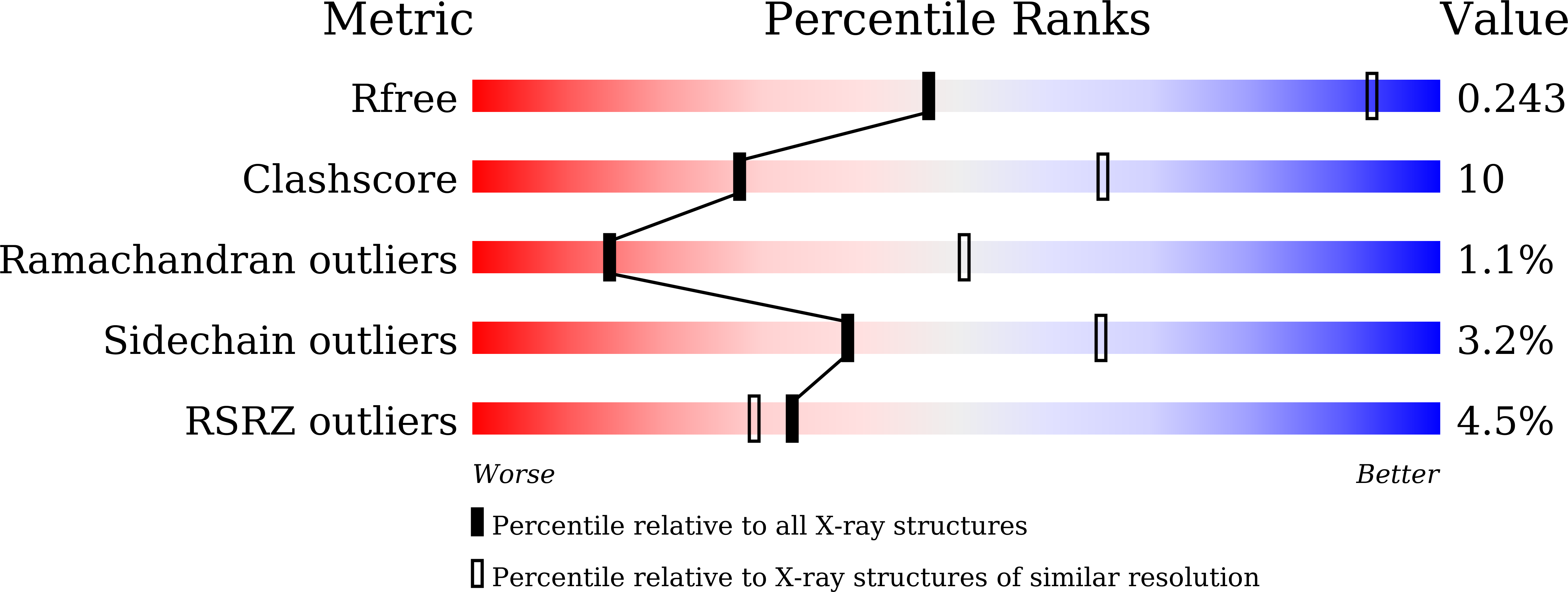
Deposition Date
2023-07-24
Release Date
2023-12-06
Last Version Date
2024-11-13
Method Details:
Experimental Method:
Resolution:
3.75 Å
R-Value Free:
0.24
R-Value Work:
0.20
Space Group:
H 3


